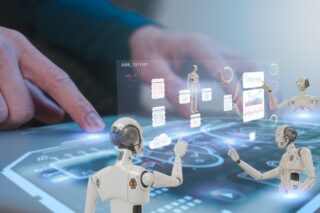Resilient transportation is no longer just a buzzword — it has become a critical concept shaping infrastructure planning, design, and construction worldwide. Last week, during the Year in Infrastructure (YII) event in Amsterdam, to which DirectIndustry was invited, we spoke with Bibhuti Aryal, Senior Director of Transportation at Bentley Systems, and Burak Boyaci, the company’s expert in engineering software solutions. Together, they shared insights on what resilience truly means, why human factors are essential, and how digital tools and AI are helping the industry deliver infrastructure that lasts, adapts, and thrives.
How do you define resilient transportation?
Bibhuti Aryal: “Resilience can be summarized in two ways: being more prepared, and being able to bounce back quickly when something goes wrong. They are often related, but resilience is really about preparation.”
Burak Boyaci: “A short definition: it’s about recovering quickly from a challenging situation.”
During the “Resilient Transportation” panel we attended as part of the YII (read our article here), the speakers focused heavily on people rather than techniques. Why is that?
Bibhuti Aryal:“We build infrastructure for people — roads, rail, and other transportation networks connect people. But it’s also people who make infrastructure possible. Tools and technology help, but the decisions, the choices, and sometimes the conflicts, are all human. Resilience is about helping people make better decisions earlier to reduce conflict.”
Burak Boyaci: “Technology is an enabler, but people are making the decisions. To increase resilience, you need to start with the people. Get them to make the best choices from the beginning, and then you address the technical challenges.”
Bentley has long provided software for engineers. How has the focus on resilience evolved in your tools?
Bibhuti Aryal: “Historically, Bentley has made software for engineers, by engineers. Our goal has always been to help users make better decisions in complex environments — transportation, energy, water, mining. While challenges like climate risk or aging infrastructure have evolved, our approach remains: empower users with the right tools at the right time. Increasingly, these users are not just engineers; laypersons also need to understand designs and recommendations from design through asset management.”
Burak Boyaci: “The primary goal of design software should be to reduce risk — in design, construction, and maintenance. For example, 3D models help identify clashes and problems before construction begins, avoiding difficult situations later. Our tools reduce risk and increase resilience.”
Some countries, like France, have aging transport systems. Is it better to rebuild or reinforce?
Bibhuti Aryal: “AI and digital tools allow us to leverage insights from previous projects. You don’t need to wait 100 years or reinvent the wheel; you can design new infrastructure faster and with more insight. It’s about applying lessons learned to go quicker and smarter.”
Are some engineers skeptical about these new digital and AI tools?
Burak Boyaci: “Engineers are naturally skeptical — it’s part of the job. But we train AI agents with accurate, validated data. Unlike generic chatbots, Bentley Co-pilot provides highly informed answers rooted in engineering knowledge, avoiding hallucinations. It’s like the transition to finite element modeling 30 years ago — initially uncomfortable, but now indispensable.”
Even with better software, projects still take a long time. Why?
Bibhuti Aryal: “Software is only one piece. Project delays often stem from contracting, funding, or adversarial structures that slow collaboration. If we design projects and contracts for transparency and partnership rather than conflict, progress would be faster. Technology alone can’t solve process challenges.”
Data quality is critical — how do you handle “garbage in, garbage out”?
Bibhuti Aryal: “Transparency and collaboration improve validation. If people own the data and fear liability, mistakes increase. Sharing and collaboration reduce that risk.”
Burak Boyaci: “Absolutely. It’s our responsibility to use trustworthy, validated data for training AI agents. Trustworthy AI is key.”
Are Bentley’s tools aimed only at certain regions or engineers?
Burak Boyaci:“Not at all. Digital tools, AI, BIM, and 3D modeling are relevant globally. Adoption is gradual — pilot projects help owner-operators build trust before full deployment. Cambodia, Vietnam, Southeast Asia — all are taking cautious but steady steps toward digital delivery.”
Bibhuti Aryal:“Investment in digital tools may seem expensive initially, but doing things right the first time is the most cost-effective and resilient approach. As countries adopt these tools, the benefits become increasingly evident.”
How does Bentley approach global adoption and digital transformation?
Burak Boyaci:“We position ourselves as a technology partner, not just a software vendor. We help agencies configure our tools to match their workflows, such as converting familiar drawings into 3D BIM models. This builds trust and accelerates adoption.”
Bibhuti Aryal:“Consider the risk of not adopting new tools. Continuing to do things the old way is often riskier than trying something new. Digital adoption reduces iteration time and improves outcomes.”
Burak Boyaci:“Digital data allows engineers to iterate quickly. A 3D model updates all related drawings automatically, unlike traditional hand-drawn plans, which saves time and reduces errors.”
New competitors and GPT-like tools are emerging. How does Bentley respond?
Bibhuti Aryal: “While software development barriers are lower, the complexity of engineering problems still requires expert oversight. Our solutions integrate digital twins, AI, and decades of expertise to solve real-world engineering challenges.”
Burak Boyaci: “Competition drives innovation. Newcomers push us to improve, but we have 40+ years of experience, loyal users, and deep technical knowledge — which keeps us ahead and benefits the industry as a whole.”
You emphasize simplicity and usability. How is Bentley addressing this?
Burak Boyaci: “Our goal is software that makes engineers productive on day one. Some tools, like Concept Station, allow instant use. More complex tools require learning, but we aim to minimize the learning curve so teams can focus on billable work immediately.”
Bibhuti Aryal: “Features like MicroStation Co-pilot allow engineers to ask questions or make design changes quickly. These solutions are already public, but we continuously improve them.”
Read also
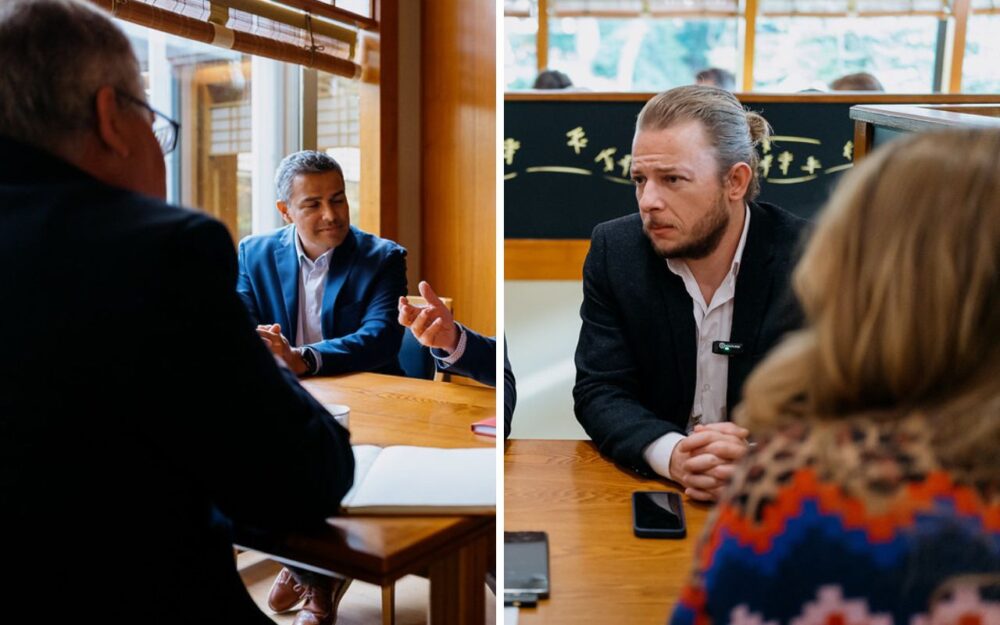
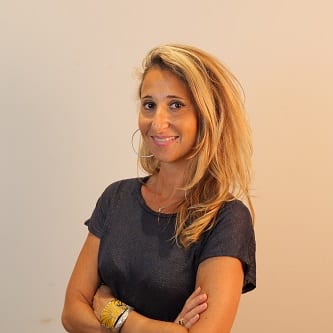
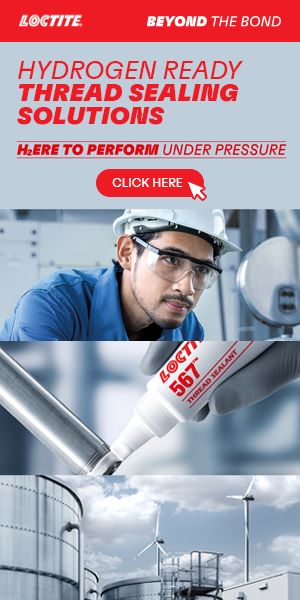
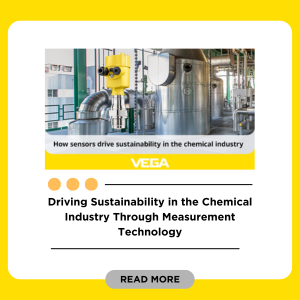

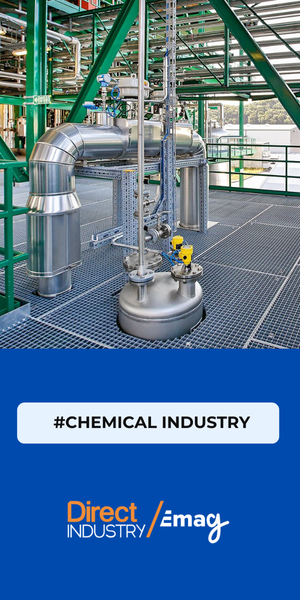
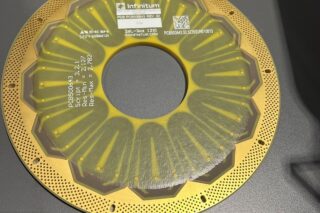
![Image [Buying Guide] How to Choose the Right Safety Shoes?](/wp-content/uploads/sites/3/Safety-Shoes-320x213.jpg)
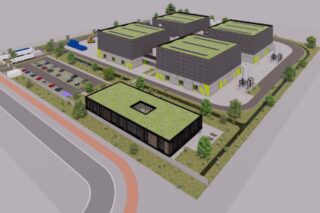
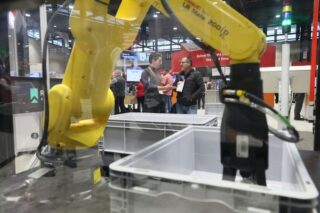
![Image [Buying Guide] How to Choose the Right AMR?](/wp-content/uploads/sites/3/AMR-320x213.jpg)
